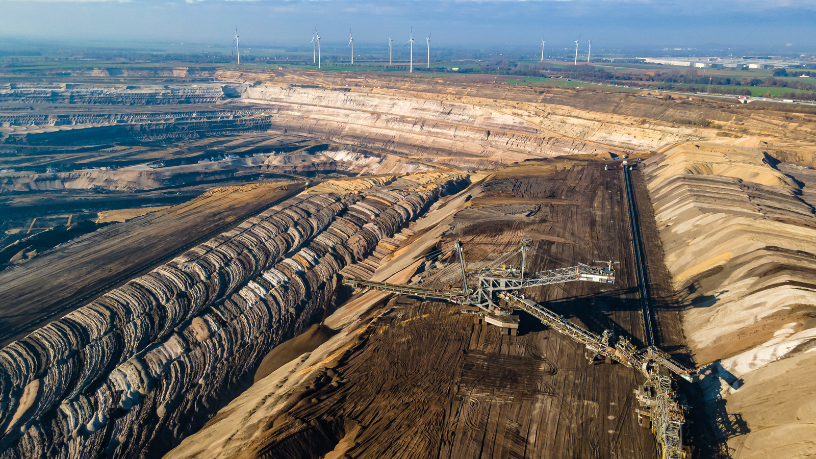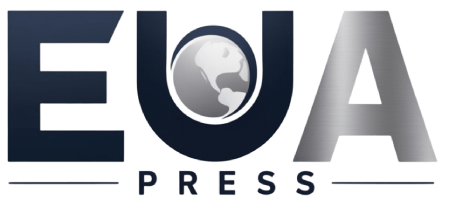As highlighted by legal expert Dr. Christian Zini Amorim, environmental licensing in mining areas is a fundamental process for the regularisation and operation of mining enterprises in Brazil. This procedure involves several phases, specific deadlines, and a range of technical and legal requirements that demand ongoing attention from industry stakeholders.
Complying with legislation and meeting all the phases, deadlines, and requirements of the licensing process is essential to ensure legal security, access to funding, and the viability of the project. However, bureaucracy and delays in environmental agencies still represent significant obstacles for those looking to invest with predictability.
Stages and Deadlines in Environmental Licensing for Mining Areas
Environmental licensing in mining is generally divided into three main stages: Preliminary Licence (LP), Installation Licence (LI), and Operation Licence (LO). Each of these stages has its own requirements and deadlines, which can vary depending on the licensing authority and the complexity of the project. The Preliminary Licence assesses the environmental feasibility of the activity and the potential impacts it may generate. The Installation Licence authorises the implementation of the project, provided that all established environmental conditions are met. Finally, the Operation Licence allows the effective start of mineral exploitation.

According to Dr. Christian Zini Amorim, obtaining these licences can take years, especially in regions with overlapping protected areas or where there are jurisdictional conflicts between state and federal agencies. For this reason, specialised legal support is essential from the planning phase onward.
Legal and Technical Requirements Applicable to the Mining Sector
The requirements for environmental licensing in mining go far beyond basic documentation. It is necessary to submit Environmental Impact Assessments (EIA/RIMA), environmental control plans, compensatory measures, and solutions for the recovery of degraded areas. The process often involves holding public hearings, receiving input from local communities, and obtaining specific authorisations in cases of interference with Indigenous lands, conservation units, or water resources. Dr. Christian Zini Amorim emphasises that failure to meet any of these requirements may result in denial, delays, or even administrative and judicial sanctions.
Main Bottlenecks Faced by Mining Companies
One of the most common bottlenecks in environmental licensing for mining is the lack of standardisation in procedures, the overload of environmental agencies, and the absence of defined legal deadlines for the conclusion of assessments. These factors generate uncertainty and hinder investment predictability. Legal insecurity resulting from frequent changes in environmental regulations or court decisions that suspend already issued licences is also one of the main challenges faced by mining companies.
According to Dr. Christian Zini Amorim, this scenario directly affects investor confidence and requires constant technical work to mitigate risks. The slow processing of cases can also lead to lost economic opportunities and increased operational costs, reinforcing the need for integrated legal and environmental advisory services.
The Importance of Specialised Legal Advisory
Specialised advisory services allow for the preparation of solid studies, proper fulfilment of legal requirements, and technical dialogue with licensing authorities. This ensures greater efficiency in the process and reduces the risks of denial or litigation. As Dr. Christian Zini Amorim points out, effective legal action also helps identify opportunities, such as adherence to simplified licensing regimes, encouragement of self-regulation, and negotiation of deadlines or conditions based on legal criteria.
Guidelines and Outlook for the Sector
Environmental licensing in mining will continue to be a major challenge but also an opportunity for modernisation. The digitalisation of processes, the training of public agencies, and the strengthening of environmental governance are promising paths to make the system more agile and transparent. For entrepreneurs, having a solid technical and legal team is the best way to align socio-environmental responsibility with economic feasibility. Dr. Christian Zini Amorim concludes that in a high-impact, high-potential sector, legal compliance is a competitive advantage.
Author: Bergezin Vuc







